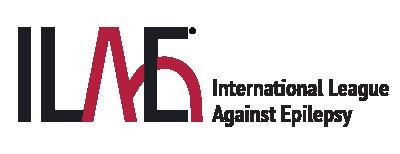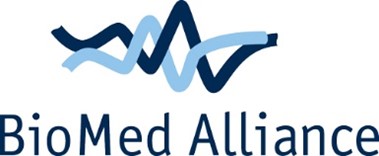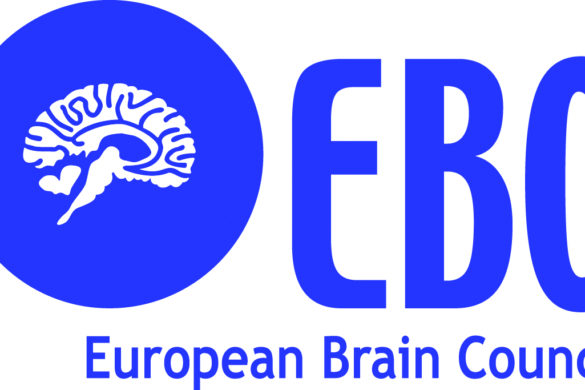EMA has recommended granting a marketing authorisation in the European Union for the gene therapy Libmeldy to treat metachromatic leukodystrophy (MLD), a rare inherited metabolic disease that affects the nervous system. Libmeldy is indicated for use in children with the ‘late infantile’ or ‘early juvenile’ forms of MLD, who have been identified as carriers of the defective gene but have not yet developed symptoms. It is also indicated in children who have been diagnosed with the early juvenile form who have started developing symptoms but still have the ability to walk independently and before the onset of cognitive decline.
There is currently no cure for MLD, a disease caused by a fault in the gene that produces an enzyme called arylsulfatase A (ARSA). This leads to a build-up of substances called sulfatides in the central and peripheral nervous system. The damage caused by this leads to the progressive loss of motor function and cognitive ability and, ultimately, death.
Around half of patients with the faulty ARSA gene show first symptoms before and up to the age of three. When symptoms appear in toddlers, the course of the disease is typically severe; most children lose the ability to walk or talk within months of the first symptoms and over 75% will die within five years. Therefore, there is an unmet medical need for these patients.
The disease can also appear later during childhood or during adulthood. These patients also experience a decline in motor and cognitive function and ultimately die of the disease, albeit at a slower rate than the early-onset forms of the disease.
Libmeldyis a gene therapy medicinal product, for which CD34+ haematopoietic stem and progenitor cells are collected either from the patient’s own bone marrow or mobilised peripheral blood. These cells are modified to insert a functional gene to produce the ARSA enzyme. When the modified cells are injected back into the patient as a one-time infusion, the cells are expected to start producing the ARSA enzyme that breaks down the build-up of sulfatides in the nerve cells and other cells of the patient’s body.
In its overall assessment of the available data, the Committee for Advanced Therapies (CAT), EMA’s expert committee for cell- and gene-based medicines, found that the benefits of Libmeldy outweighed the possible risks in patients with the late infantile or early juvenile forms of MLD who have not yet any symptoms and in patients with early juvenile form with early symptoms of the disease. In clinical studies, Libmeldy showed that it was most effective in patients who had not yet developed symptoms. Once they had received the medicine, their performance with regard to cognitive and motor function was maintained and comparable to that of their healthy peers during the observation period.
However, in patients with the early juvenile form of MLD, who already showed symptoms when they were first given Libmeldy, the effects were less pronounced. A possible slower decline in motor function was seen while cognitive function was maintained compared to what is known about the disease progression in untreated patients. The further the disease had already progressed in these patients, the fewer positive effects could be seen. Therefore, in patients with early juvenile form of MLD who have already developed symptoms, the CAT concluded that treatment success is maximized if at the time of diagnosis, screening for treatment and treatment, children can still walk independently and have no signs of cognitive decline.
The main adverse reactions observed in trials were fever and a diminished ability to fight infections (febrile neutropenia), inflammation of the mouth and lips (stomatitis) and the gastro-intestinal tract (mucosal inflammation). These side effects are related to the conditioning medicine used to prepare the child for treatment with Libmeldy.
As for all haematopoietic stem cell interventions, there is a theoretical risk that patients develop malignancies such as leukaemia or lymphoma later in life.
The CHMP, EMA’s human medicines committee, agreed with the CAT’s conclusions and recommended approval of Libmeldy in these patients. As part of its recommendation for marketing authorisation, the committees requested that the company uses a registry of patients to learn more about the long-term efficacy and safety of the medicine. Results from this registry study will be submitted periodically for evaluation to EMA.
The company has also been requested to propose measures to safely reduce the overall time needed to supply the patient with the individualized product. This is because treatment is more effective before the onset of symptoms or in the presence of early mild symptoms, before symptoms become more severe and disease is rapidly progressive.
Treatment with Libmeldy should only be carried out in qualified specialised treatment centres, and patients and their carers should receive extra educational material to warn them of the symptoms of leukaemia and lymphoma.
The opinion adopted by the CHMP is an intermediary step on Libmeldy’s path to patient access. The opinion will now be sent to the European Commission for the adoption of a decision on an EU-wide marketing authorisation. Once a marketing authorisation has been granted, decisions about price and reimbursement will take place at the level of each Member State, taking into account the potential role/use of this medicine in the context of the national health system of that country.
Notes:
- The applicant for Libmeldy is Orchard Therapeutics (Netherlands) B.V.
- Libmeldy was designated as an orphan medicinal product on 13 April 2007 for the treatment of metachromatic leukodystrophy. During the development, protocol assistance was received on multiple occasions to obtain guidance on the quality aspects and the clinical study programme, including the demonstration of significant benefit.
Following this positive CHMP opinion, the Committee for Orphan Medicinal Products (COMP) will assess whether the orphan designation should be maintained.









